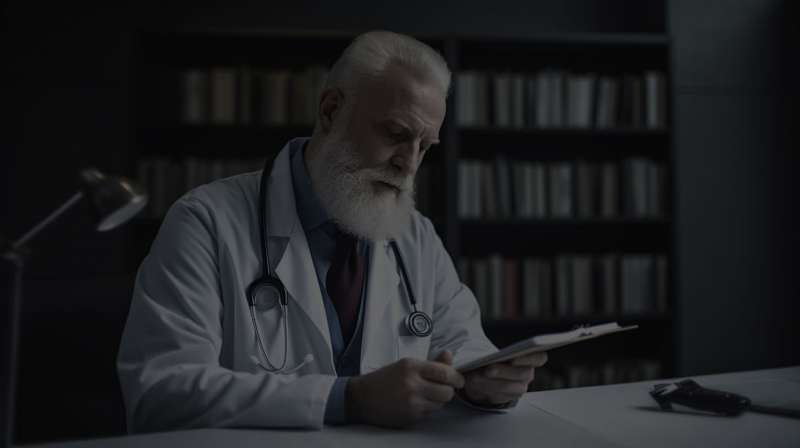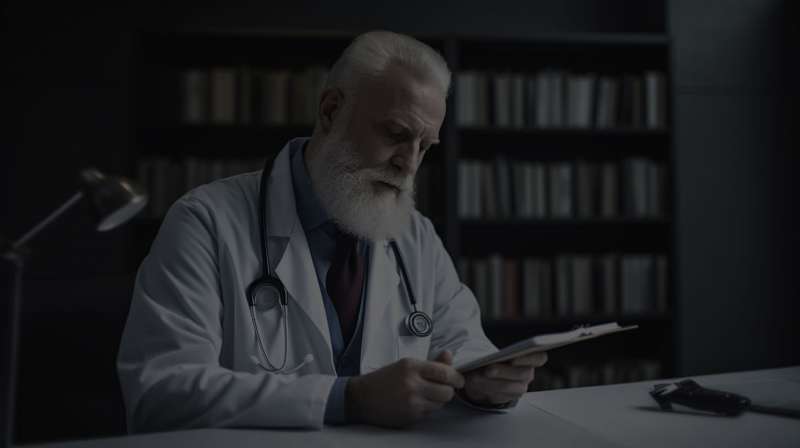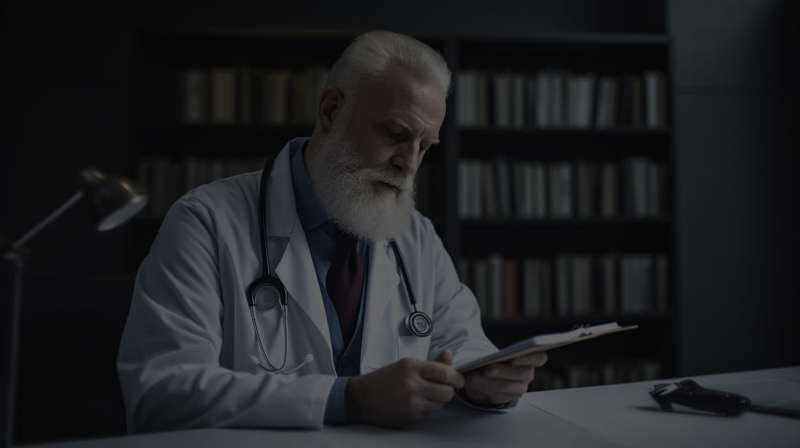Important Information
Heat Stroke - Body temperature higher than 40o Celsius; Heat Exhaustion - Fluid loss and body temperature up to 40o Celsius
Heat stroke occurs when the body's temperature control system fails and the body temperature rises dangerously high; It should be considered as a life-threatening condition
Patients with heat stroke may have hot, dry, flushed skin, rapid pulse and be disoriented confused or unconscious; Treat heat stroke as a medical emergency; Follow primary care procedures
Heat exhaustion occurs when fluid intake does not compensate for perspiration loss; Persons with heat exhaustion may have cool clammy skin, weak pulse and complain of nausea, dizziness, weakness and anxiety
Patient Care; Heat Stroke
- Perform a primary and secondary assessment and monitor the patient's Cycle of Care AB-CABS
- Move the patient to a cool shady area and immediately cool them by spraying or sponging them with cool water
- Cover them with a wet towel and continue to monitor the patient's Cycle of Care until EMS arrives
- Replace the wet cloth with a dry one if their temperature returns to normal
Patient Care; Heat Exhaustion
- Move the patient to a cool location; Urge them to lie down and elevate the legs
- Provide them with cool water or an electrolyte-containing beverage to drink every few minutes
- Cool the patient by misting with water or fanning until completely cooled
- If EMS is not called, encourage the patient to see a doctor
- If the condition deteriorates, place the person in the recovery position and activate EMS




Share on social media